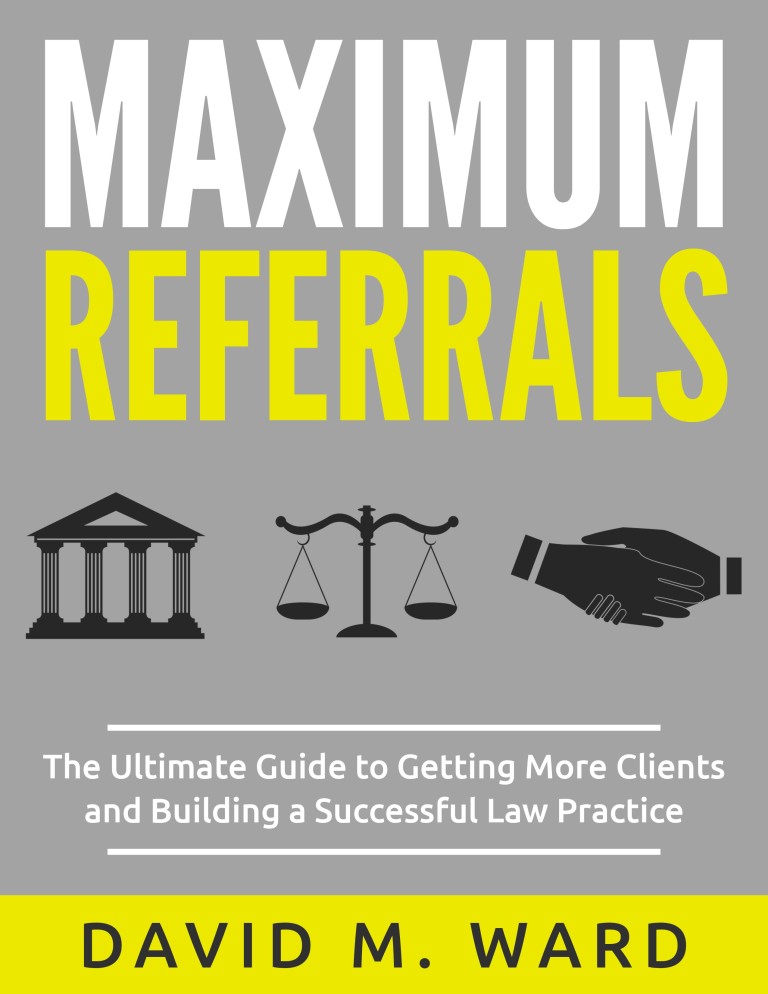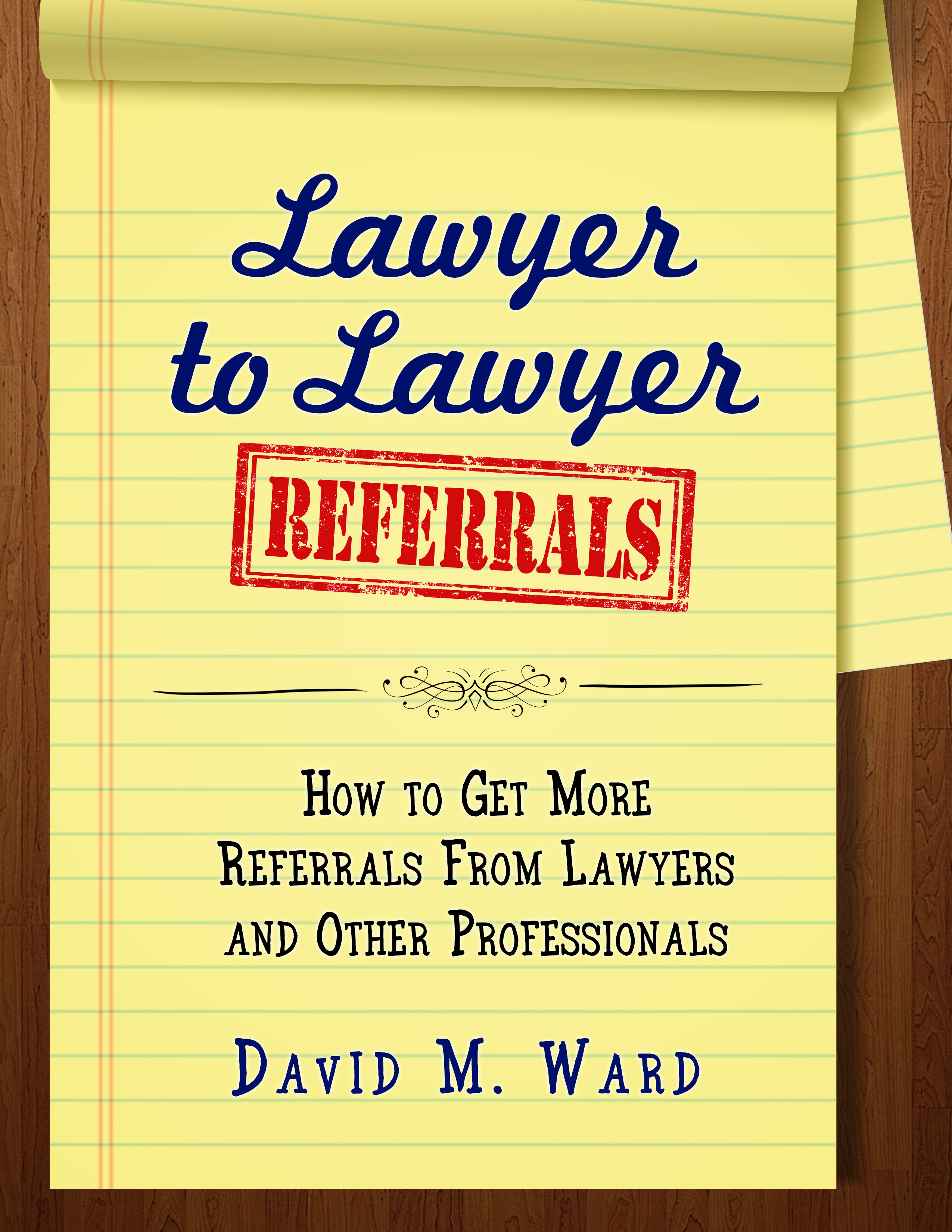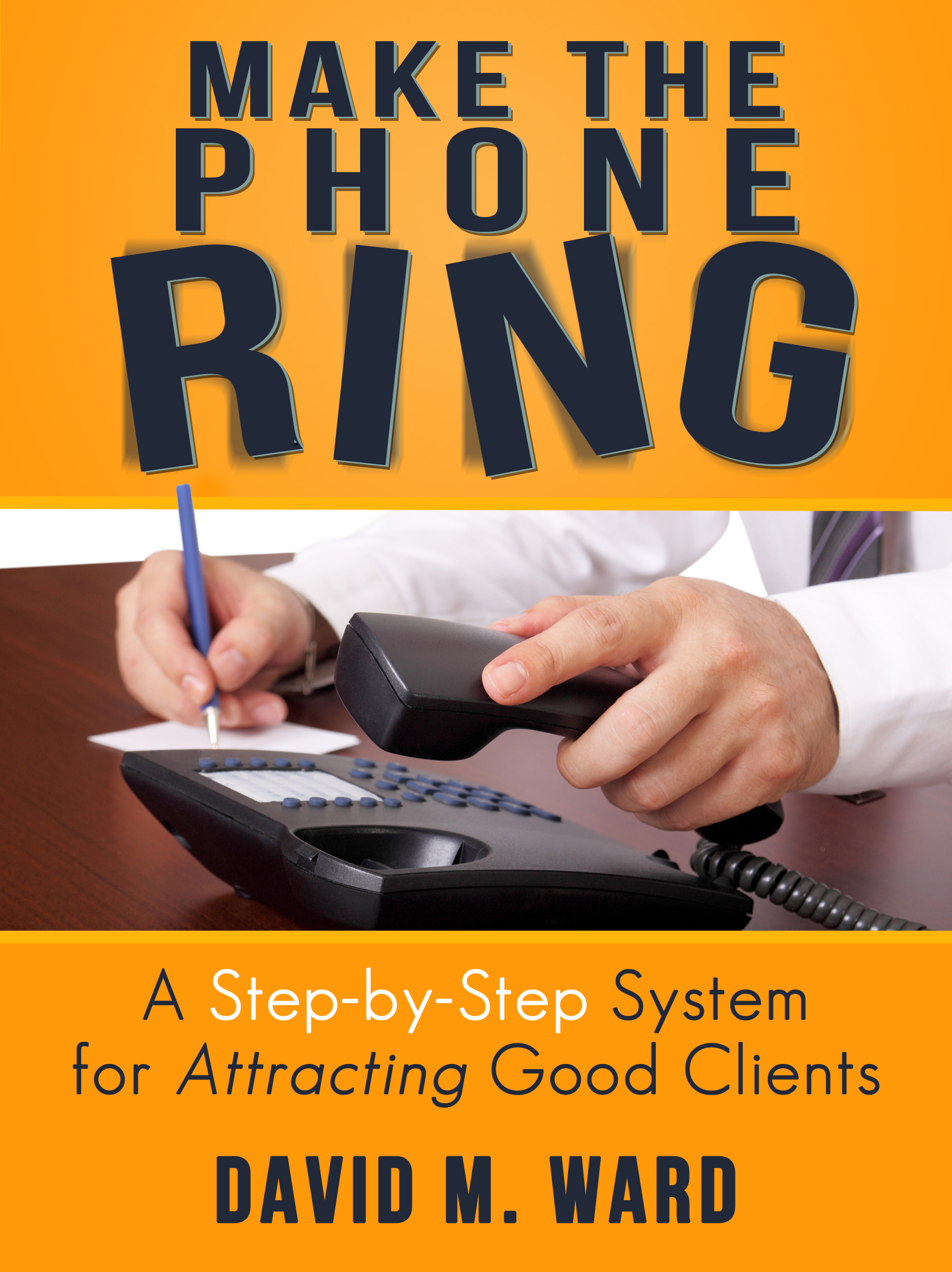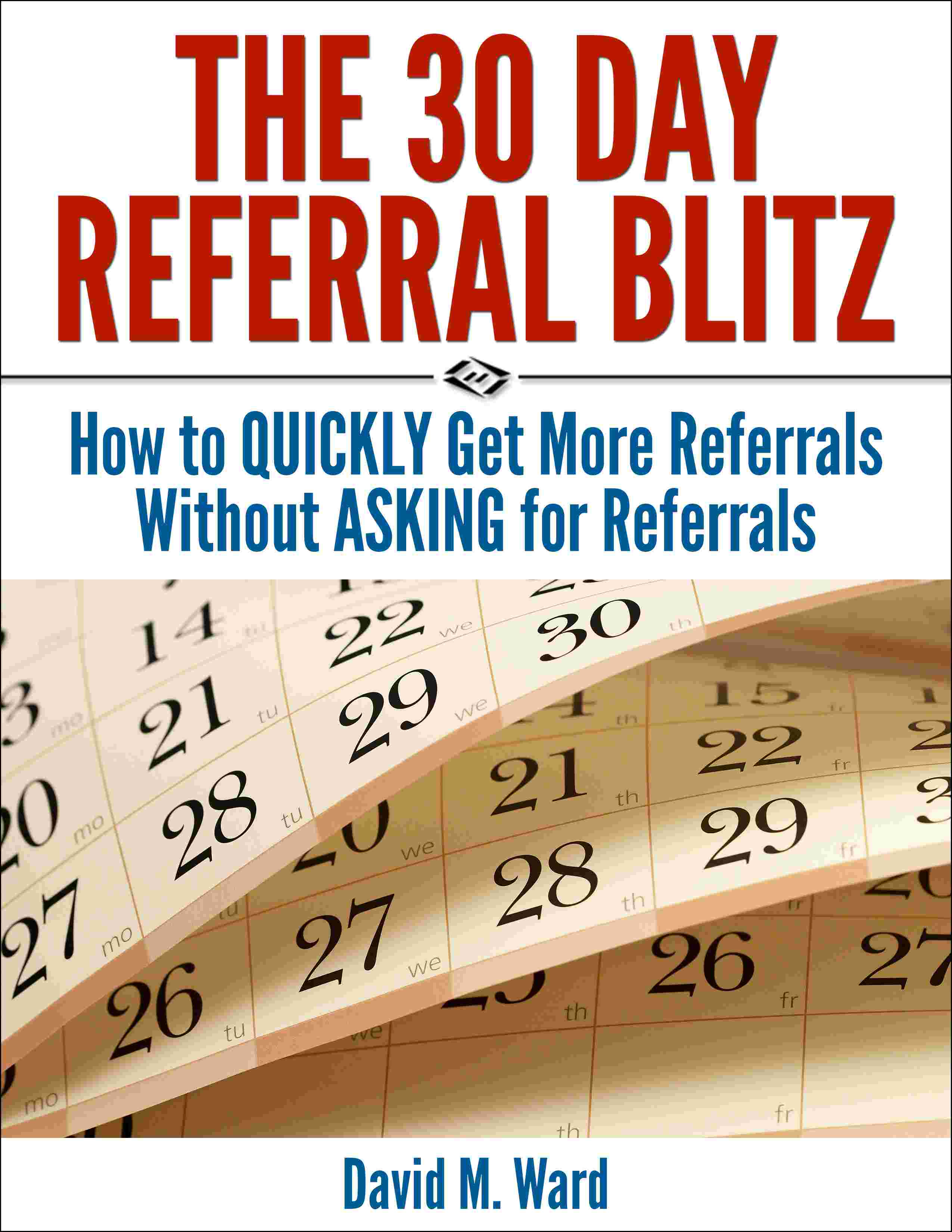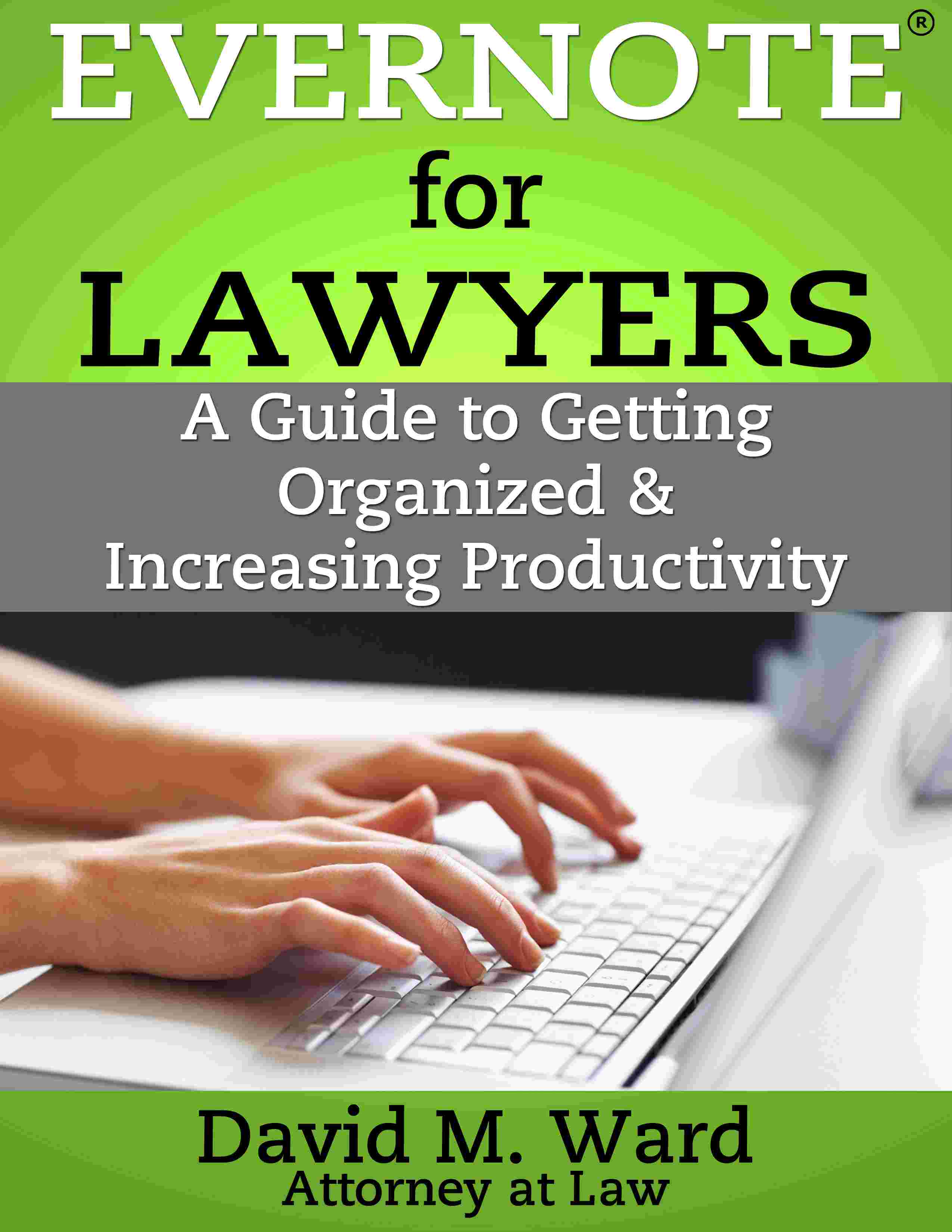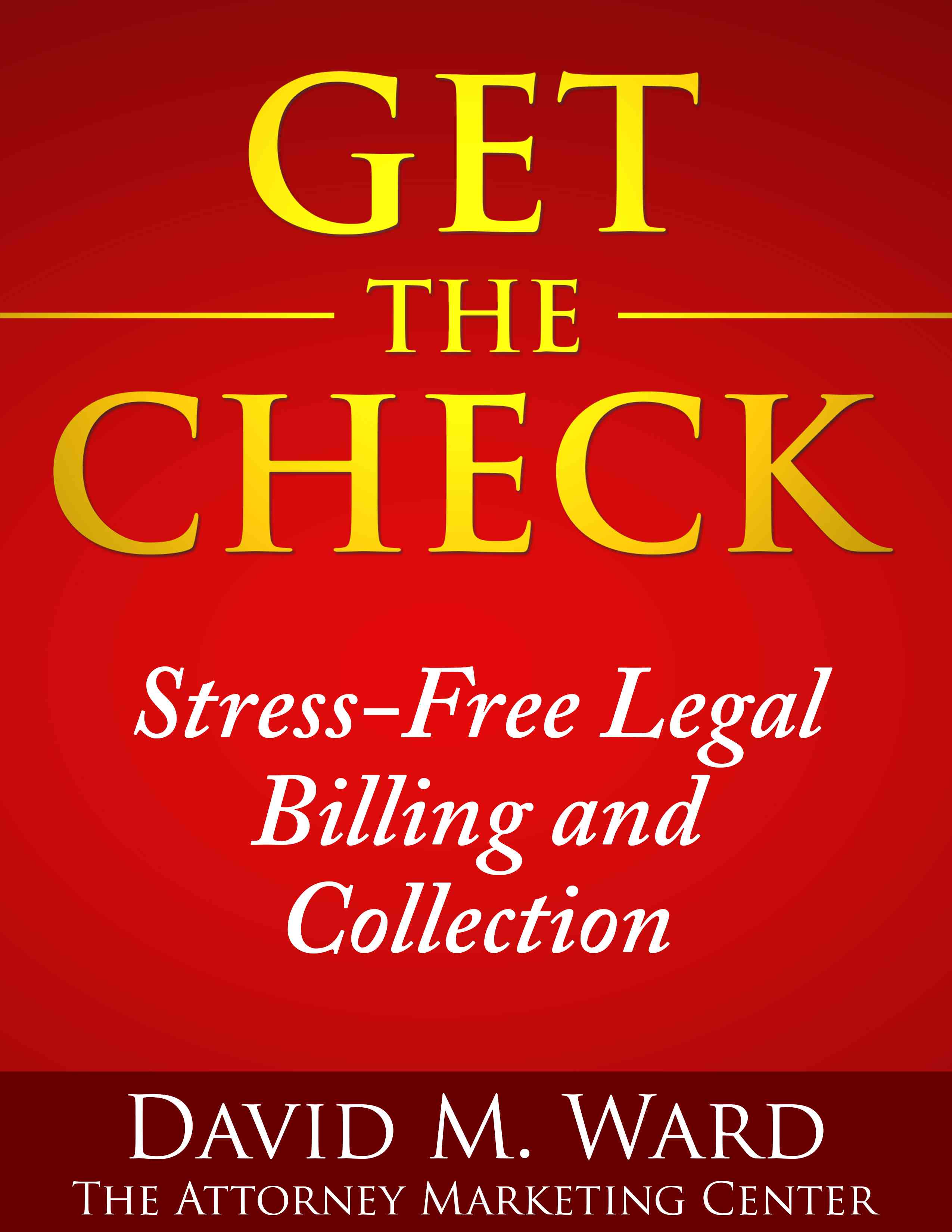If I could save time in a bottle. . . I’d sell it. I mean, who wouldn’t want to buy more time? More time with your family. More time for hobbies or worthy causes, more time get more work done.
How much would like to buy?
Unfortunately, I can’t sell you any time. But I can show you how to get it for yourself.
The first way to get more time is to steal it. Steal it from what you’re currently doing by taking on fewer tasks and projects or fewer cases and clients, and focusing on a smaller number of more valuable matters. Delegate less valuable work to others.
The second way to get more time is to get your work done more quickly. You can do that by improving your skills and knowledge, learning new skills and methods, using better tools, and developing better habits and workflows. Delegating work to others will also help.
The third way to get more time is to specialize in your practice areas and in the clients you target. This will allow you to charge higher fees and attract more clients (and better clients) who prefer attorneys who specialize.
The fourth way to steal time is through marketing, which will allow you to bring in bigger cases and clients, and allow you to hire more help.
Even better, instead of “one and done” marketing activities, do things that can bring in new business with little or no additional effort. Instead of only doing live presentations or seminars, for example, record them so they can go to work for you 24/7. Instead of networking to find clients, network to find more referral sources.
All of these will give you more time and more income. I know, because this is what I did to build my practice when I was struggling.
Work on fewer more valuable things, become more efficient, specialize, and get better at marketing. That’s how I was able to earn more and work less, and that’s how you can, too.
How I did it: the formula


